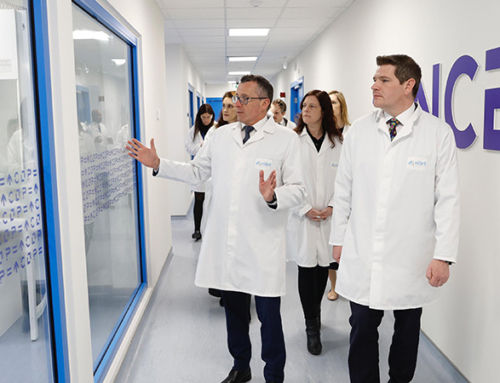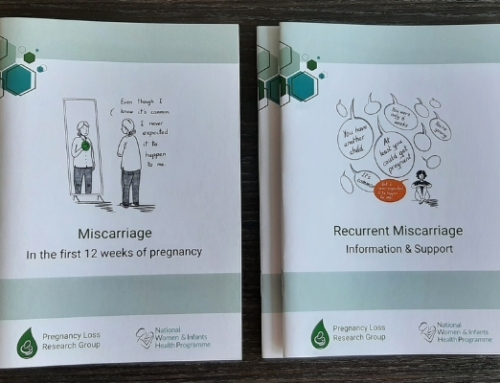Wednesday 04 January 2017
Pre-eclampsia, a serious condition of late pregnancy, characterized by high blood pressure and increased protein in the urine in the second-half of pregnancy. This condition affects 5% of first time mothers and is associated with significant maternal and neonatal morbidity and mortality. A quarter of babies born to women with pre-eclampsia do not grow properly, and a third are born prematurely. Globally, 76,000 mothers and 500,000 infants die each year as a direct result of this condition. According to the World Health Organization (WHO), 20% of the 15 million preterm births reported each year are related to pre-eclampsia. Currently there is no treatment for pre-eclampsia.
Picture Above: Mitochondria are critical metabolic signalling organelles in pre-eclampsia
The placenta is a highly metabolic organ. The central role of mitochondria is the synthesis of ATP by oxidative phosphorylation. Electrons donated from carbohydrates oxidized by TCA cycle including NADH pass through ETC and ultimately reduce O2 to form H2O. As electrons are transported a proton (H+) gradient develops across the inner mitochondrial membrane facilitating the conversion of ADP to ATP by Complex V of the ETC. Superoxide (O2−) is generated by the ETC and is converted to hydrogen peroxide (H2O2), which can easily diffuse through mitochondrial membranes and mediate redox signalling. Mitochondrial dysfunction leads to exaggerated O2− generation (oxidative stress) with subsequent maternal endothelial dysfunction. mtDNA is localized to the mitochondrial matrix, mtDNA can act as a DAMP and activate the maternal innate immune system.
Mitochondria are responsible for providing us with energy generated from our daily food intake. Mitochondria are abundant in the placenta to cope with the increased energy demands during pregnancy. However, this process is complex and if it fails, it causes an increase in the production of the byproducts of the energy generating mitochondrial network called reactive oxygen species (ROS), which can be stressful to our bodies, i.e. oxidative stress.
Oxidative stress (increase in ROS) can increase inflammation, damage the mother’s blood vessels leading to elevated blood pressure, symptoms which are very evident in women with pre-eclampsia. Furthermore, inflammation and high blood pressure are also characteristic of conditions like heart disease; in fact pre-eclampsia is an independent risk factor for future cardiovascular events. We hypothesize that disruption of mitochondrial function (i.e. mitochondrial dysfunction) is responsible for oxidative damage, which leads to the development of pre-eclampsia. Furthermore we have generated preliminary data, which links mitochondrial dysfunction with pre-eclampsia.
Antioxidants (vitamins) found in vegetables and fruit can indirectly protect mitochondria. However, previous antioxidant vitamin trials have been unsuccessful in treating pre-eclampsia. Specifically, we believe that these trials failed because these nutraceuticals didn’t reach the intracellular source and location of ROS, namely the mitochondria; hence they failed to prevent ROS-mediated damage. We propose that mitochondrial-targeted antioxidants will prevent mitochondrial dysfunction and reduce production of mitochondrial reactive oxygen species, (mROS), maintaining a healthy placental environment and consequently alleviating the clinical characteristics of pre-eclampsia. We hypothesize that mitochondrial-targeted antioxidants will become an entirely novel therapeutic target for pre-eclampsia and help reduce maternal and neonatal morbidity and mortality.
Cathal McCarthy
Published on Atlas of Science 22 Dec 2016
Original Journal Article available here.







